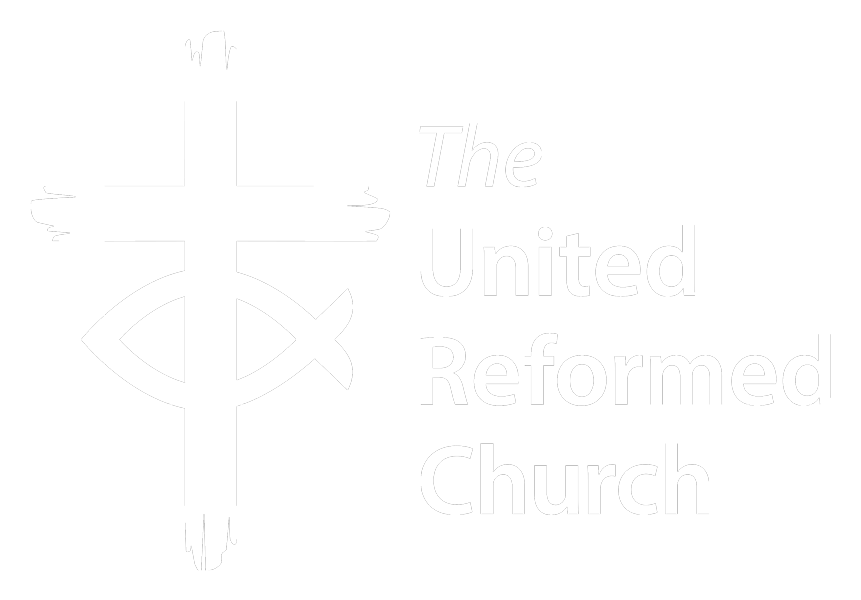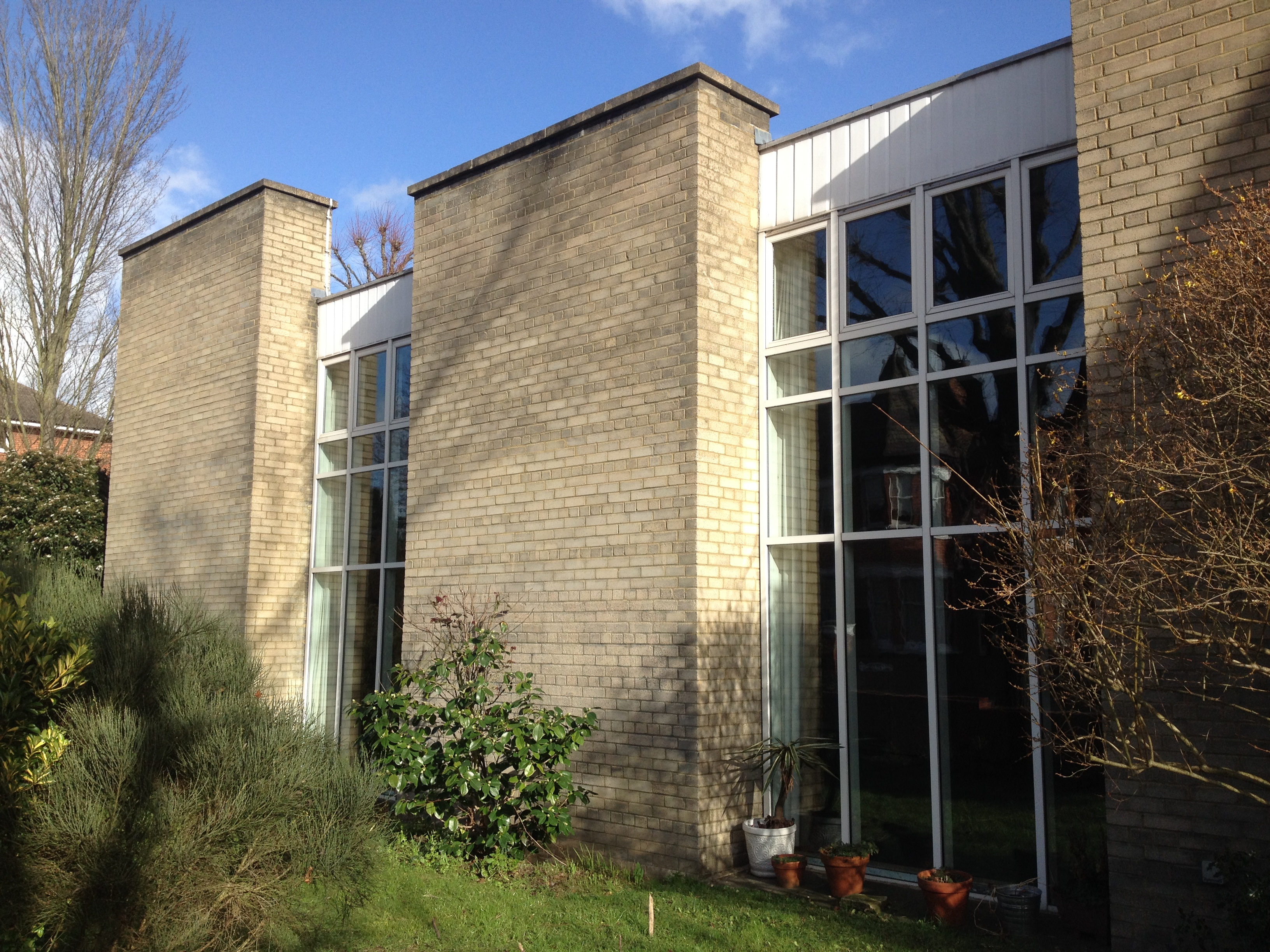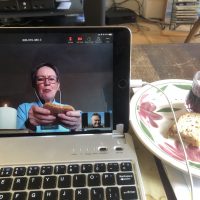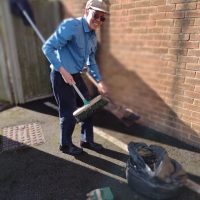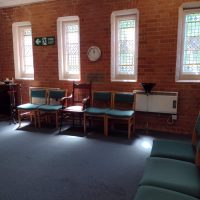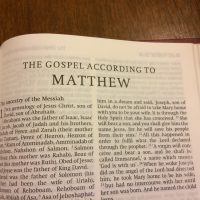Eco audits at St Andrew’s – outside views
This time last year I applied for two different ‘eco audits’ of St Andrew’s, and by the time I heard that they were going ahead I’d kicked off a third one! It wasn’t really my intention to have so many audits going on, especially as they all became active over the summer. But it has been helpful in a number of ways.
The term ‘eco audit’ covers a range of different approaches and methodologies, from a very technical assessment of the heating requirements for different rooms, to looking at how an organisation can reduce its environmental impact. So, at St Andrew’s, we have the benefit of three different perspectives, following different methodologies, and with different, complementary, outcomes.
In this article I’ll summarise the two external audits, from Inspired Efficiency and the City Bridge Foundation (whose audit was carried out by their partner organisation, Sustain Quality Ltd). The third audit was led by John Jackson, following a process defined by the HeatHack charity – John’s article in this Newsletter describes how our local team carried this out.
Inspired efficiency
Inspired Efficiency is a consultancy firm specialising in different aspects of energy management, with a view to achieving greater efficiencies and supporting ‘net zero’ goals. IE was recommended by the Synod, and although we have had to pay for this audit, we hope that Synod will reimburse its cost.
An on-site survey was carried out in August, and the resulting report provides a technical audit of energy efficiency, with various calculations and recommendations. This type of report is a necessary first step towards the possibility of capital funding from Synod. This was a one-off survey, not part of an ongoing relationship, although potentially we could engage IE for further work, depending on Synod requirements.
The recommendations in IE’s report cover a range of areas, from improving insulation, through air-to-air, or air-to-water, source heat pumps to provide low-cost heating, and solar panels to generate electricity. We need to look at the ideas for each part of the church premises, to see which ones fit best with our vision for the church and centre.
City Bridge Foundation
The City Bridge Foundation [formerly City Bridge Trust] is a funding body, supporting a wide range of London charities. They offer a free eco audit for qualifying organisations (it was their assessment process that caused the delay in hearing from them) and the community focus of the church centre meant that we met their criteria.
The initial audit was carried out by City Bridge’s partner organisation Sustained Quality Ltd. Their approach is part of a longer-term relationship, requiring more data from us, leading to more assistance from them.
Sustained Quality also came on-site in August, and they provided two initial reports:
- A high level review: primarily about policies & covering a lot more than just energy use – water, waste, travel, etc.
- A review of St A‘s Environmental Policy (on our website) with some good recommendations.
Working with City Bridge Trust opens the possibility of capital funding in the future, e.g., for solar panels. Of course, there are no guarantees as we will be in competition with other worthy applicants.
HeatHack
John Jackson has written about the HeatHack process below. From my perspective, the big advantage of following the HeatHack process was that it was run by people who know the building from their lived experience, not just a visit.
HeatHack, as a small charity, with a one-off process that neither leads to an on-going relationship, nor provides a route to funding. But our local team could well be involved going forward, initially in looking at the outcomes of all three streams of our recent eco audits to look for shared themes and recommendations, longer term perhaps as the core of an ongoing stakeholder group.
Vision
For the church and centre, we need to think about our vision for the future: how do we see the life of the congregation developing? How can the church centre best serve the local community?
And how can our journey towards ‘net zero’ support our bigger vision?
Let me know your thoughts!
Peter Skerratt

As previously reported this project is aimed at helping St Andrew’s Church and Centre chart a course for a more sustainable future. We may not actually achieve the elusive ‘net zero’ but we can certainly become a lot more energy efficient in the years ahead with benefits both to us and to the environment as a whole.
The project team completed the last of four structured meetings on 7 November. Here they had the opportunity to reflect on the outcomes of the previous sessions and to make some important decisions as to the initiatives they would recommend to both St Andrew’s and the wider community for the future. Happily, there was a clear consensus as to the main actions and priorities to be taken forward.
The next step will be to share the main findings of the project as part of Centre AGM evening on 29 November. In summary, the key findings from the HeatHack study are:
- To explore ways in which we can insulate our buildings more effectively
- To investigate the feasibility of installing solar panels and to explore potential funding sources for this, and
- To investigate the scope for heat recovery and diversion. There is felt to be a particular opportunity on the first floor of the Centre which experiences excess heat at times in contrast to the nearby Johnson Hall where we have significant heat loss due to the large windows.
We’d like to achieve the widest possible sharing of these ideas and to receive feedback on our proposals so do please come and participate in the evening if you can.
The HeatHack project, framed around a simple process developed by a small charity of the same name in Edinburgh, is just one of three streams of enquiry the Church is taking to weigh up the options it has for a more sustainable future. The other two streams, initiated by Peter Skerratt, involve assessments and potential solutions being explored through two separate organisations; Inspired Efficiency and the City Bridge foundation.
The next phase in all this work will be to integrate the findings of all three streams into one overall strategy and plan. The outcomes will of course be fed back to St Andrew’s for review and comment before proceeding with any finalised plan.
I would like to take this opportunity to thank all members of the working group who gave so generously of their time to bring this project to a successful conclusion. These were: Sav Johal; Margaret Johnson; Faris Manshi; John Mitchell; Peter Skerratt; Maureen Vincent and myself.
John Jackson
Solar panels
The collective wisdom of more experienced eco churches is – don’t start with solar panels! Because that’s putting a solution in place before fully exploring the problem, and because it’s easy to focus on ‘technofixes’ but not so easy to address underlying issues of hearts, heads, and behaviours. There is also a question of funding.
But we are now at a point where it is worth looking at options for getting our own solar array. To clarify: ‘solar panels’ can refer to either ‘solar thermal’ panels that use the sun’s energy to heat water (particularly helpful in some countries). Or ‘solar PV’ where panels of photovoltaic cells convert sunlight into electricity. We are particularly interested in solar PV, as St Andrew’s is already a high user of electricity, and will use more in future as we move away from natural gas.
A consistent message from our eco audits this summer is that future solutions for heating St Andrew’s will require electricity. There was no expectation that, for example, hydrogen will be a direct solution for customers. It is hard to estimate just how much electricity we will use in future until we have specific proposals and calculations. But solar PV is a way to bring down our current electricity bills as well as positioning the church for future needs. Hence, we are beginning to talk with suppliers about a phased or modular approach, where we might start with an initial tranche of solar panels, with an expectation that we could add more in the future.
How it might work for us
The most straightforward option for a solar array would be to use the roof of the Johnston Hall: it’s flat, with sufficient exposure to the sun to give the best result. We will also need at least one battery, to meet evening needs. Any shortfall in our local supply will be met by continuing to use electricity from the national grid, and any excess will be sold to the grid.
A solar PV installation will not be cheap: one of our eco audits included an estimate of £39,000. But external funding from the Synod or other bodies may be available for some or all of the cost. Ongoing technical developments continue to improve the efficiency of photovoltaic cells, and the big take-up in recent years has brought down production costs. So, we are at a good point at which to make our initial move into this area – with hopeful projections for a good return on investment over the lifetime of the installation.
In the meantime, we will continue to take measures to reduce St Andrew’s electricity bill through continuing to replace old lights with LEDs, insulating and draught proofing where possible, and seeking to replace older equipment with more energy efficient items.
Peter Skerratt
